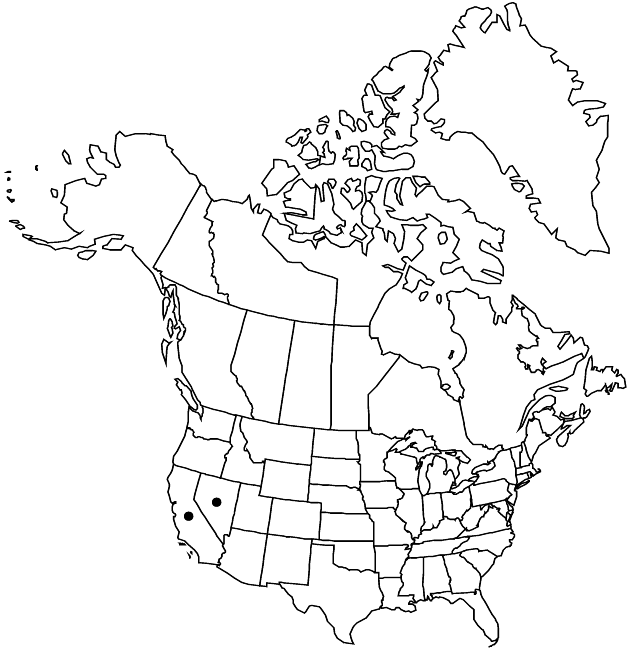Tonestus eximius
Bot. Gaz. 65: 70. 1918.
Perennials, cespitose, 5–13 cm; with branched caudices surmounting ± well-developed taproots, or short rhizomes. Stems (clothed with marcescent leaf-bases) glabrous, densely stipitate-glandular. Leaves: basal blades broadly spatulate, 20–35 × 12–15 mm, margins coarsely, irregularly serrate to dentate; cauline blades oblong, 9–52 × 5–15 mm, ± reduced distally, margins coarsely, irregularly serrate or nearly entire; 1-nerved or 3-nerved, margins stipitate-glandular, faces glabrous, stipitate-glandular. Heads usually borne singly, sometimes 2–4. Peduncles 2–15 mm. Involucres broadly campanulate, 9–16 (–20) × 5–11 (–15) mm. Phyllaries 16–32 in 3–4 series, 1-nerved or weakly 3-nerved, ± equal, margins eciliate; outer and mid green, oblong, 6–10 × 2–5 mm, foliaceous, apices rounded or obtuse to acute; inner green or sometimes anthocyanic, linear, 7–9 × 0.5–2 mm, chartaceous proximally, margins scarious, fimbriate and/or stipitate-glandular distally, apices acute to acuminate, often reflexed, faces stipitate-glandular distally. Ray-florets 10–13; laminae elliptic, 5–8 × 1–3 mm. Disc-florets 41–49; corollas narrowly funnelform, 5.5–7.5 (–8.2) mm, exceeding involucres, lobes erect, 0.7–1.7 mm, 1/10–1/5 corolla length; anthers 2.5–3.3 mm; style-branch appendages subulate, 0.9–1.3 mm, stigmatic lines 0.9–1.6 mm. Cypselae linear, 2.5–6 mm, 5–9-nerved, faces villous, often ± viscid; pappus bristles 19–43, brittle. 2n = 18.
Phenology: Flowering and fruiting early–late summer.
Habitat: Crevices of granitic outcrops, talus slopes, in alpine and coniferous subalpine communities
Elevation: 1800–3300 m
Discussion
Tonestus eximius is known only from the upper elevations of the Sierra Nevada in the vicinity of Lake Tahoe in Alpine and El Dorado counties, California, and Washoe County, Nevada. It is similar to Lorandersonia peirsonii, although smaller in most respects.
Selected References
None.
